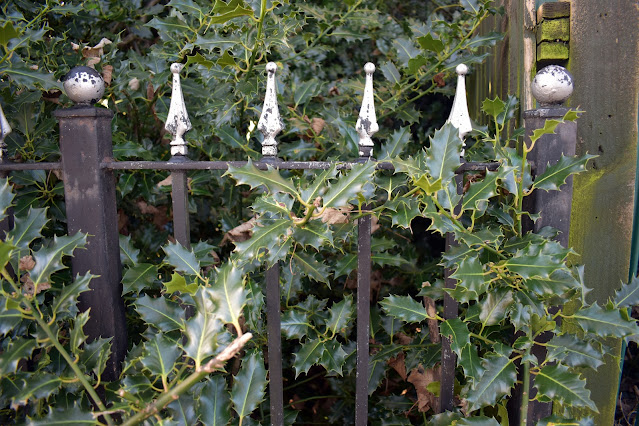If you want to grow your own potatoes, but you don't have a yard, or your soil is too hard, or even if you just don't want the work of having to dig them up, I have a great and easy solution!
Grow your potatoes in a bag! I know it sounds ridiculous, but it is actually easy and fun. It's also a great way to get lots of tasty and healthy spuds to eat! Anyone can do it, you don't even need to buy any seeds because potatoes are grown from other adult potatoes.
How to Sprout Potatoes to Plant:
It is best to start with organic potatoes, since they are less likely to be a funky hybrid that can't be sprouted or have toxic insecticides on them or even in them. You can use red or white potatoes.
Wash the potatoes well and then place them in direct sunlight.
In two to three weeks you will have sprouts. When they get an inch or so long, you are ready to begin the planting process.
Cut the potatoes, with one sprout on each piece. Leave the potato connected to the sprout, because as it rots it will be fertilizer to the new plant
It is very important that, before planting, you let the cut potatoes sit for two or three days so the cut portion of the potato can dry out and form a protective layer. If you plant newly cut potatoes, diseases, fungus, worms and insects can easily burrow into the fresh cut flesh and kill the sprout.
While your potatoes are sprouting and curing, order your grow bags. You can find them on Amazon for a good price, about $2.50 to $3.00 a piece, less if you order a larger quantity. I usually get the 5 gallon size. They look like this:
They also have bags that have a roll up flap on the side near the bottom, but I find these to be more expensive and the flap are basically useless because the growing potatoes should not be bothered by opening the side of the bag and poking around.
How to Grow Potatoes in Bags:
3. Set three to four potato pieces in the dirt with the cut side down, sprout side up and cover with 3 inches of dirt.
4. Water well.
5. Keep the soil moist but not mud and when the plants are 6 inches tall, unroll the bag about 4 inches and add more dirt, up to the bottom leaves.
8. When the plant has grown to 8 inches above the dirt, unroll the bag again, and add more dirt, up to the bottom leaves.
9. Keep doing this until the bag has dirt three inches from the top.
10. Make sure to keep them watered. If you repeatedly let the bag dry out, the potatoes will shrink and wrinkle and not be edible. You will have to water them more often than if they were planted in the ground.
11. When the potato vines turn yellow and look wilted, stop watering them and wait about two weeks.
12. Pick up the bag and turn it upside down in a wheelbarrow or washtub and you will find fresh, tasty and pesticide free home grown potatoes.
This is what one of my bags looked like when the plants came up:
Don't be upset if all the sprouts don't come up. The fewer the plants the more room there is for the remaining plants to grow bigger potatoes. You must make sure to keep them watered, it is the defining factor of whether you get a nice harvest or a big disappointment.
You don't have to use these bags, you can use any kind of bag that will take to weight of dirt pressing against the sides of it. Canvas tote bags, plastic feed bags, reusable grocery bags, any kind of bag will do. Just make sure if you use a plastic bag to poke lots of holes in the bottom so it has good drainage.
Grow bags are a great way to grow some of your own food in a very small space. You can grow any type of veggie or fruit plant you want in bags, it does not have to be potatoes. I have also grown peppers and cucumbers and I have friends that use them for tomatoes and they love them! They take up so little space you can even use them on an apartment balcony or condo patio. You don't need to have land to grow your own food! The best thing is, at the end of the harvest you just empty them, fold them up and put them away till next year. A real space saver!
_____________________________________





































